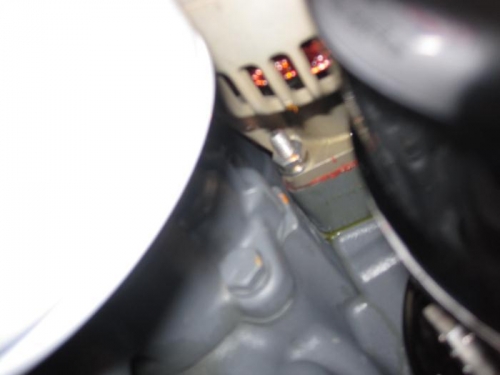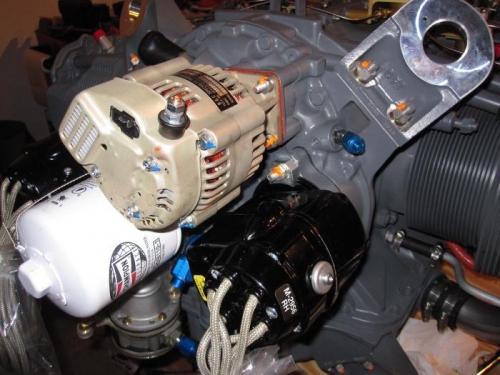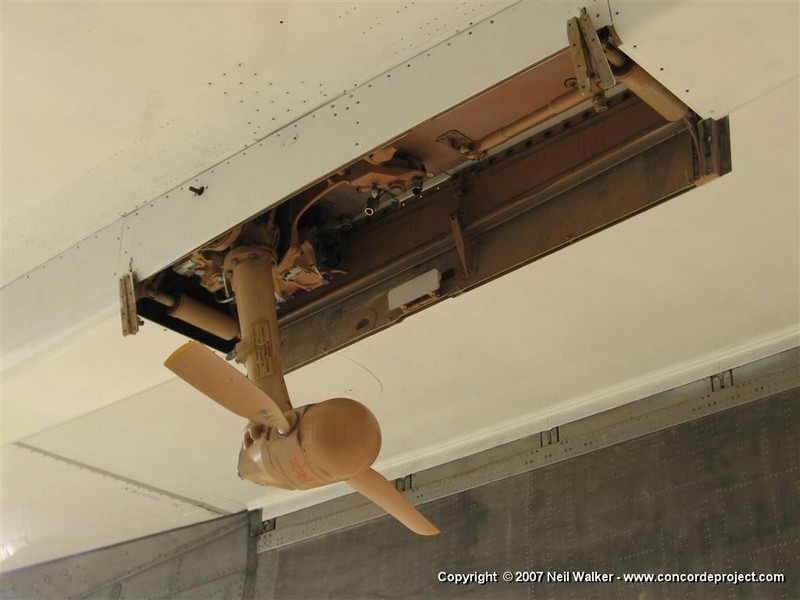pierre smith
Well Known Member
My alternator went TU on Sunday on the way back from the coast, so I turned everything off except the comm. We only had 15 minutes to go so all was well.
It was daytime so no problem but if I'd been IFR in IMC, might be a tad difficult, so I got to thinking about the vacant vacuum pump pad and also the empty mag spot (I have one mag, one Lightspeed).
My buddy says that B @ C has either an 8 amp or 20 amp standby kit we can add.
How difficult is it to add to an existing electrical system?
Thanks,
It was daytime so no problem but if I'd been IFR in IMC, might be a tad difficult, so I got to thinking about the vacant vacuum pump pad and also the empty mag spot (I have one mag, one Lightspeed).
My buddy says that B @ C has either an 8 amp or 20 amp standby kit we can add.
How difficult is it to add to an existing electrical system?
Thanks,







